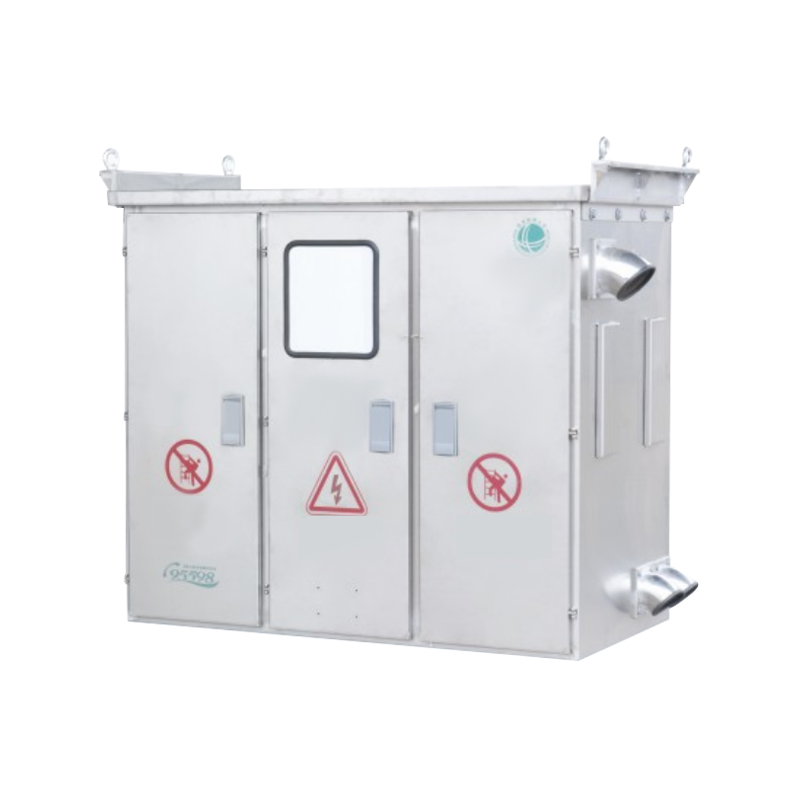Industry News
Integrated Photovoltaic Inverter Gains Wider Application in Renewable Energy Systems
The renewable energy market continues to expand, and the Integrated Photovoltaic Inverter is gaining attention for its role in enhancing power conversion and grid stability. Designed to work closely with the Photovoltaic Module, this inverter transforms direct current into alternating current with efficiency that supports both residential and industrial energy demands. By combining power conditioning with monitoring features, the integrated design improves energy utilization and supports broader adoption of solar technology.

The Voltage Withstand Test is an essential step in validating the performance of an integrated photovoltaic inverter. This process confirms that the equipment can operate safely under demanding voltage levels without breakdown or insulation failure. It ensures compliance with electrical standards and provides confidence to developers and operators implementing large-scale solar systems. The test is not limited to inverters alone but is also applied across photovoltaic components, ensuring that entire systems maintain resilience under varied conditions.
A key area where integrated inverters demonstrate their value is the Distributed Photovoltaic Power Station. These installations, often built on rooftops or smaller land parcels, rely on modular and flexible equipment to deliver energy efficiently. The inverter functions as the bridge between solar modules and the power grid, ensuring smooth delivery of electricity while supporting monitoring systems. Its role in stabilizing output and reducing fluctuations strengthens the reliability of distributed energy projects.
Another segment influenced by the use of integrated inverters is the Modular Photovoltaic Cabin. These prefabricated units are designed to house photovoltaic equipment in a compact, organized layout. By combining inverters, switchgear, and monitoring devices, the cabins simplify installation and maintenance. Integrated photovoltaic inverters are particularly well-suited for such environments, offering compact design and compatibility with modular systems. This synergy contributes to faster project deployment and streamlined operation.
The Stainless Steel Cable Junction Box With Fault Indicator is also an integral component of photovoltaic infrastructure. Serving as the connection point for modules and cables, it provides safe current distribution while the fault indicator helps operators detect irregularities quickly. When used alongside integrated inverters, these junction boxes reinforce system safety by reducing the risk of unnoticed malfunctions. Stainless steel construction further ensures resistance to environmental challenges such as humidity, temperature fluctuations, and corrosion.
In the context of Photovoltaic Modules, integrated inverters contribute to higher overall system stability. Modules convert sunlight into electrical energy, while inverters condition that energy for practical use. A mismatch in performance between these two components can reduce efficiency, but integrated designs minimize such issues by streamlining communication and energy flow. This compatibility underscores how coordinated product development across modules, inverters, and balance-of-system components leads to effective energy solutions.
Brands involved in the photovoltaic sector are increasingly aligning their product lines with integrated solutions. The focus is on compatibility, safety certification, and monitoring features that meet diverse project needs. By adopting technologies such as real-time performance tracking and fault detection, companies are responding to the demand for reliable systems that can adapt to different installation environments. The integrated photovoltaic inverter is emerging as a central element in this trend.
Next
Stainless Steel Cable Junction Box with Fault Detection Enhances Reliability in Electrical Systems
<p><a href="/product/" target="_blank">Stainless steel cable junctio...
View More- PRODUCTS
- New Energy Power Distribution Equipment
- Box Type Substation
- Cable Branch Box/Switch Station
- High Voltage Switchgear
- Low Voltage Switchgear
- Engineering Vacuum Circuit Breaker
- New Energy Vehicle Floor Charging Pile
- Commercial Energy Storage
- Photovoltaic Complete Box
- High Voltage Arrester
- INFORMATION
-
-
Phone+86-13868788848
+86-13356188725 -
Tel+86-0577-88810567
-
E-mail
-
AddNo. 59, Youyi Road, Xinguang Industrial Zone, Liushi Town, Yueqing City, Zhejiang, China
-
- ENQUIRE WITH US
Photovoltaic Module Manufacturer




 English
English  中文简体
中文简体  русский
русский  Español
Español  عربى
عربى 


